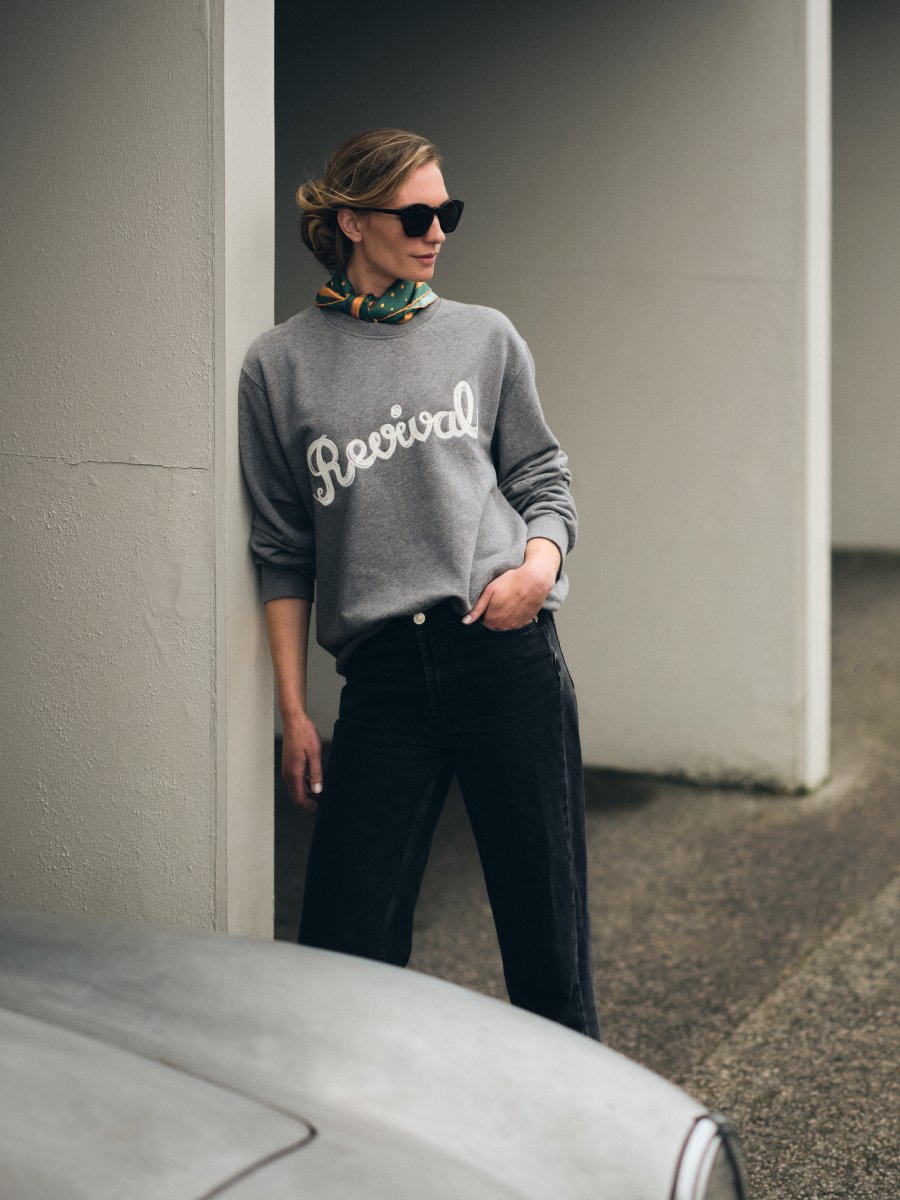The science that's improving MotoGP
Is closer racing better racing? Seems obvious, really. It must be. More exciting, less predictable, and more user-friendly for the small screen. This last is especially true for bikes compared with Formula 1: narrow enough so that at times they can go into corners two or three abreast.

The most obvious downside is the danger: one rider’s error can easily cause a multiple-bike crash – something seen more often in the junior Moto3 category, with less experienced riders in larger fields of up to 20 competitors.
For the rest, at least for those selling motorsport as entertainment, and equally for their customers, close racing is good.
To this end, MotoGP sanctioning body Dorna has processed, over the past two decades, a series of policies and regulations aimed at reining in the runaway factory teams and levelling the competition. These range from control tyres (from 2009 – first Bridgestone, now Michelin) and electronics (first hardware, from 2016 also software all from Magneti Marelli) to limits on aerodynamic developments, a restricted number of engines (five) and a freeze on mid-season engine development.

Of paramount importance is a rule demanding that independent teams have access to factory-spec lease bikes.
There can be little doubt that this equality drive has been effective. Sundry statistics prove it.
In 2016, nine different riders claimed victory – a record number that has been approached twice since then: eight in Covid-stricken 2020, with a shortened 14-round calendar, and the same number in 2021.
Rather surprisingly, the closest top-three finish was in 1999 in Australia: Okada, Biaggi and Laconi over the line in 0.124 of a second; and the next three closest all pre-dated 2007. The fifth-closest was at Thailand’s Buriram in 2018, with Marquez, Dovizioso and Vinales covered by 0.27 of a second.
But stats for the closest top-15 points-scorers come back to prove the point. The closest – 8.928 seconds – was at Doha in 2021, with the second and fifth (16.422s) at the same circuit. The third and fourth were at Aragon and Assen, in 2020 and 2018.

This all provides a strong argument against those who believe that Grand Prix racing should be about technical adventure, innovation and excellence as well as sporting equality. In the end, racing should improve the breed, rather than only entertaining the crowds.
Ducati is at the forefront of the technophiles. The head of the race department, engineer Gigi Dall’Igna, was already breaking new ground in racing before 2010, with novel ideas for Aprilia’s two-stroke 250s. His time at Ducati (he joined in 2013) has been a cavalcade of innovations that have left the other factory engineers scrambling to catch up.
It was Dall’Igna who introduced wings, and then (triggering protests from rivals) the under-belly “spoon” adding further downforce, although in the guise of tyre cooling. He protested loudly when aerodynamics fell under strict control, supposedly on cost grounds.

More recently, in 2019, he pioneered ride-height adjustment devices, cleverly circumventing long-standing regulations that ban active suspension. At first this compressed rear suspension to lower the centre of gravity, cutting wheelies off the start line. The first application of brakes released the device.
More followed, as the rivals hastily developed their own copycat devices, and Dall’Igna was the first to add the same system to the front suspension.
By 2021, he had further developed the technology so that it could be applied, not just off the start line, but also during the race; the spectacle by late season of all bikes squatting at the rear on corner exits showed how the others were copying Ducati.
Not surprisingly, the rivals were miffed. Aprilia, Honda, KTM, Suzuki and Yamaha – a high-level pressure group if ever there was one, wanted the technology banned. It was of dubious value outside of racing. Worse still (the ultimate sin), it was “not invented here”.

MotoGP’s unusual structure, however, hands decision on technical regulations to the Motorcycle Sports Manufacturers’ Association (MSMA), with a quirky constitution that requires all decisions to be unanimous. So, no matter how much five the members agreed, the sixth, Ducati, retained the power of veto.
Until March 18 – when a specially convened meeting of the GP Commission, comprising rights-holders Dorna, FIM (the sanctioning federation). IRTA (teams’ association) and the MSMA – over-ruled them. The commission operates on majority votes, but in any case, the decision was unanimous: no more mid-race front-end ride height adjustment, starting next year.
Hopes that all such devices might be banned were dashed, and front-fork genuflection will still be permitted at the start line.
Victory for the Luddites? The smashing of the looms all over again? In this isolated instance, not really. The technology was in the right hands worth a slender tenth or two here or there … which is of course vital in a race, but not so much when applied to general street motorcycle technology.
And the racing will stay as close as you like.
Images courtesy of Motorsport Images.
MotoGP





